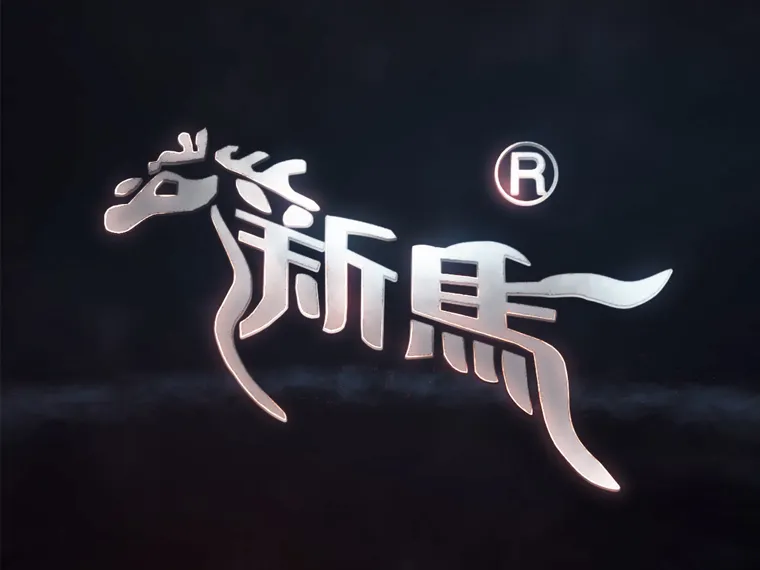在工业领域,研磨介质的选择对生产效率和成本有着重要的影响。尤其是在矿业、化工和涂料等行业,高铬研磨球凭借其优异的性能逐渐成为众多企业的首选。这主要是因为高铬研磨球相较于其他普通研磨介质具有诸多优势,例如更耐磨损、耐腐蚀,使用寿命更长。
高铬磨球的特性
高铬磨球通常由高铬铸铁制成,其中含有高比例的铬元素,具有优异的耐磨性和耐腐蚀性。
主要特点
高耐磨性:
由于高铬合金具有很强的耐磨性, 高铬铸造磨球 在长期使用中保持其形状和性能,减少更换频率并降低生产成本。
耐腐蚀性强:
添加铬可提高研磨球的耐腐蚀性,使其特别适合在腐蚀介质中使用。
优异的抗冲击性:
高铬研磨球不仅耐磨,而且具有良好的冲击韧性,在高负荷、高压下保持稳定的性能。
常见研磨介质的比较
除了高铬研磨球外,市场上还有其他几种类型的研磨介质,例如氧化铝球、钢球和锰钢球。每种介质类型都有其自身的优势,并适用于不同的应用环境。
氧化铝球
优点:氧化铝球质地坚硬、耐腐蚀且重量轻,可最大程度减少磨机磨损。适用于对磨机设备有较高防护要求的场合。
缺点:与高铬研磨球相比,氧化铝球耐磨性较低,使用寿命较短。
钢球
优点:钢球性价比高,广泛应用于研磨金属和非金属矿石,且具有良好的弹性和韧性,适合研磨较软的物料。
缺点:耐磨性不如高铬磨球,在高负荷、高压环境下容易快速磨损。
锰钢球
优点:锰钢球强度高,硬度高,适合磨削较硬的矿石。
缺点:锰钢球的耐腐蚀性与高铬磨球相比较差,且成本较高,使用寿命较短。
高铬研磨球的优点
经济:高铬研磨球的单价通常较高,但由于其耐磨性优异,使用寿命长,更换频率减少,最终总成本较低。
提高研磨效率:高铬研磨球因其较高的硬度和耐磨性,可以提高研磨效率,缩短研磨时间,降低能耗,帮助企业提高生产效率。
减少环境污染:由于其强大的耐腐蚀性, 高铬研磨球 有效减少磨损碎屑的释放,最大限度减少环境污染。

适用场景
矿山冶金行业:用于粗磨、中磨、细磨,特别适用于硬度较高的矿石。
化肥行业:由于高铬研磨球具有耐腐蚀性,它们可以避免化肥行业中可能损坏研磨介质的化学反应。
水泥生产:高铬研磨球可承受水泥生产中的高压,确保稳定的研磨性能。
虽然最初的投资 高铬研磨球 研磨介质的研磨效率相对较高,长远来看,可以有效降低生产成本,提高生产效率。研磨介质的选择应根据实际使用环境、生产工艺、成本预算等因素综合考虑。

